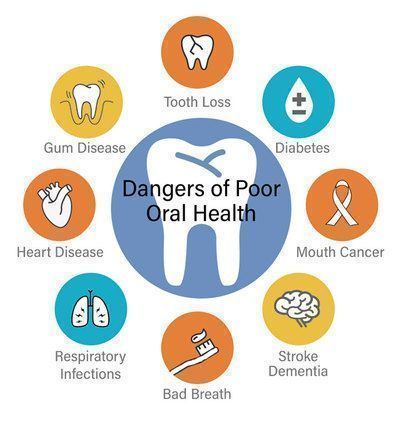Diabetes in children distresses parents
Sixty percent of Italian parents feel somewhat “burdened” by their child’s illness; 7 in 10 say they are concerned about their child’s risk of hypoglycemia
The main concern for parents of a child with diabetes? Reduced blood sugar levels and bouts of hypoglycemia. This is the real nightmare for 7 out of 10 Italian parents, according to the international DAWN Youth survey sponsored by the International Diabetes Federation (IDF) and the International Society for Pediatric and Adolescent Diabetes (ISPAD), with the contribution of Novo Nordisk, and conducted on about 7 thousand children and young people with diabetes, their parents and health care professionals.
Parents who, in 6 out of 10 cases, feel somewhat “burdened” by their child’s illness; in 1 out of 2 cases (47%) report negative repercussions on their work because of it; and for 33% they report a moderate to strong economic impact on their family budget. More positive, on the other hand, are those directly affected, i.e., children and adolescents with diabetes, who in the vast majority of cases (93%) state that the disease has never, if not rarely, caused embarrassment, and that in 95% of cases they feel that they never, or only sometimes, feel discriminated against or restricted in their social relationships and enjoy a good quality of life overall. Although 3 out of 4 young people confess that their diabetes is rarely under control.
“That the fear of hypoglycemic episodes, particularly nocturnal ones, in one’s children worries parents beyond measure is not surprising,” he says Fortunato Lombardo, coordinator of the Diabetes Study Group of the Italian Society of Pediatric Endocrinology and Diabetology (Siedp). “This figure, which is found in all countries, stems essentially from the fear of the consequences in the immediate aftermath; from the possible manifestations of the hypoglycemic crisis: palpitations, tremor, up to convulsions and loss of consciousness, which in a child take on even more dramatic characteristics,” he continues.
“In fact, diabetes has a strong emotional and psychological impact on parents,” Lombardo adds. “Our attention as pediatric diabetologists is therefore directed not only to the treatment of the disease but to caring, as a whole, for the child and family members: great effort is put into therapeutic education, informational, educational aspects, and support for family members. A great help, moreover, comes from innovative technologies, in the form of new pumps and new insulins, whose characteristics produce fewer undesirable effects, such as hypoglycemia,” he concludes.
There are 18,000 children and adolescents in Italy affected by type 1 diabetes, the most severe form of the disease that requires the administration of insulin, either through injections four to six times a day or the use of a pump, according to Siedp data. These young people are cared for by a network of more than 60 pediatric diabetes centers, evenly distributed throughout the country. Overall, there are about 300,000 Italians, young and old, with type 1 diabetes, according to the Ministry of Health.
“The number of young people and children with type 1 diabetes is growing, particularly in the under-6 age group. Above all, there is an important percentage of young people, about 30 percent, who are diagnosed with the disease only when ketoacidosis occurs, a severe crisis due to the body’s inability to use glucose as an energy source – due to lack of insulin – which is then replaced with fat. In fact, frequently the initial symptoms of diabetes in a child are often confused with other diseases,” he says Franco Cerutti, Siedp President. “Diabetes type 1 in childhood, while constituting a very small part of the total number of people suffering from this disease, is one of the most frequent endocrinopathies in the pediatric-adolescent age group, in addition to being a chronic disease that, if not adequately addressed, can cause negative family and social impact.
Taking care of the diabetic child or adolescent represents a challenge whose goal is to invest in their health, so as to ensure an adequate quality of life in the future, reducing the age of onset of complications as much as possible. In this regard, it is worth saying that, on average, the glycometabolic compensation of children with diabetes in Italy is among the best,” he concludes.
And it is precisely to children between the ages of 3 and 8 with type 1 diabetes that a new app – Pancry Life – designed by AGDI Italia – Coordinamento tra le associazioni italiane giovani con diabete, sponsored by SIEDP – Società italiana di endocrinologia e diabetologia pediatrica and made with the unconditional support of Novo Nordisk, is dedicated. Pancry Life is the first application of its kind designed for iOS and Android (already available for installation in the Apple Store and Google Play) and is halfway between an electronic game and an educational tool.
Through the game, the child builds his or her own “avatar” and begins the interactive adventure with the help of a friendly talking character: Pancry, who helps and accompanies him or her in all the crucial moments of the game, purely focused on the execution of daily gestures designed to control and treat diabetes.
Pancry Life was developed thanks to the medical and scientific advice of Stefano Tumini, Head of Pediatric Diabetology Service, Chieti Hospital.



